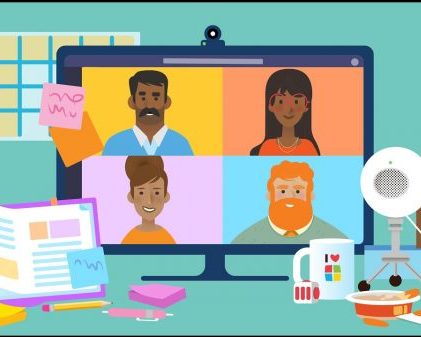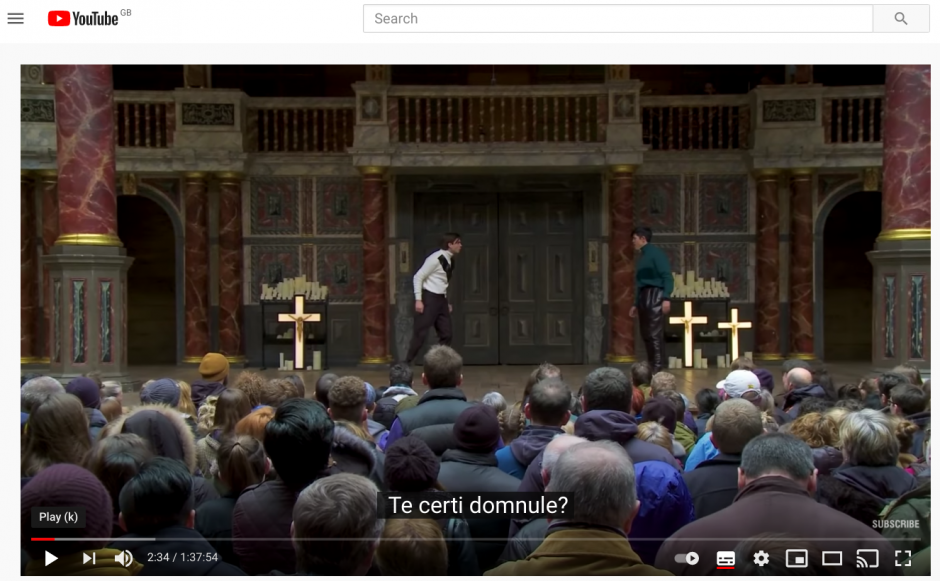The debate is rife! The debate itself, is live and, at times, very public on social media and more privately, in teacher back channels and social media groups. What I found quite startling was the breadth of advice and recommendation, only occasionally punctuated with sage, insightful reflection. There was even international educators with far more experience remote delivery experience such as Australia.

As ever, it’s messy
Lessons are too short, too long, for a live taught components. Too few, too many lessons… There are some worry reports of the expectation to deliver fully live, continuous lessons, for the full timetable. The appears to be an increase in schools following the times of their timetable (as we do).
So live or pre-recorded? Mark Enser puts forward his two cents here. I agree that live lesson are not the gold standard! The EEF are pretty clear on that too.
“Live lessons (synchronous) are not necessarily any more effective than recorded (asynchronous).”
https://educationendowmentfoundation.org.uk/covid-19-resources/best-evidence-on-supporting-students-to-learn-remotely/
The investment in Oak National Academy would suggest the same.
And Iain Dover’s @MrDoverRE Y11 would appear to agree. But that is Y11 RE, what of other curriculum areas and year groups?
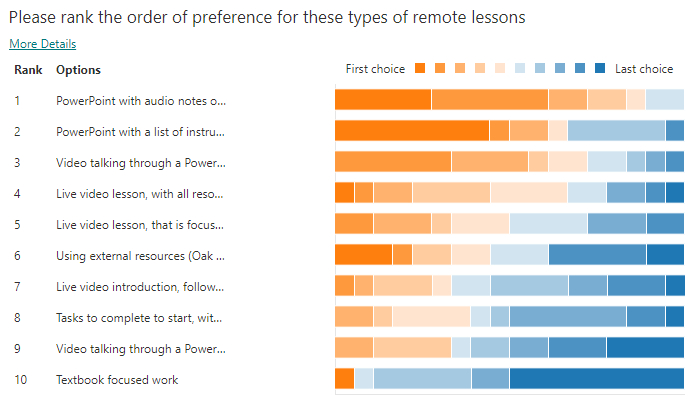
Thanks for sharing the results Mr Dover.
Practicalities
Safeguarding and professional security. Cameras, mic, chats, screen sharing, breakout rooms…
How are students accessing the learning? Laptop, tablet, phone, games console – all impact upon the experience and I currently have students accessing lessons via all these device types.
“The trick is to plan carefully for how much time is ‘live’.” @shadylady222
Level of motivation (and support)? Do students have a space to work and think.
For producer-teachers – a headset is an essential. A second screen makes all the different. If not, try Split screen for Chrome. Recording your own meeting – (Teams, Google Meet) very useful.
Let take a look at the EEF strategies to support pupils’ remote learning, or supporting parents to do this. Both live and prerecorded.
1.Teaching quality is more important than how lessons are delivered.
Hard to argue with that. I would add – reduce your curriculum weight by 30-50% pending on the profile of the learner, using this gained time to re-teach taught content and consolidate learning.
Live lesson often have slower starts and closes. Prerecorded lessons benefit from pausing, but that also slows things down. Communication and explanation, either “live” or precorded are slower.
Developing and reinforcing the routines for whole class responses and checking for learning is particularly important. “Raise-lower” hand is great for this and so is using the chat. FF – “fast finger.” Engagement in the lesson can be stimulate by Q/A and poll tool. Personally – a quick “FF” in the chat, followed by a short question keeps learners engaged.
Chat “FF – How confident are you now – to complete the work set.”
“8, 9, 10s great. Off you go. X can you be available for support?” 6-7 – stay on the Meeting.
Select icons directly within your Gsuit documents with the Flaticon addon.
For those who don’t have dual monitor, easily split and separate tabs, split interface layout, and resize tabs by columns and rows with various browser extensions. Here is Split Screen for Chrome.
2. Ensuring access to technology is key, especially for disadvantaged pupils.
What technology exactly? Connectivity is possibly more important? With connectivity, there is a treasure trove of content available. Curate and share it – Wakelet is very good (so are curate Youtube playlists.
3. Peer interactions can provide motivation and improve learning outcomes.
Two points here. If you can – get the App of the students mobile devices. Second, develop learner roles eg sign in lead, forum lead, “Stream” monitor, discussion agent, lowers teacher workload and raises student motivation and confidence.
Interactions is where I see live lessons contributing over prerecorded. Registering and checking in on learners, creating a class culture, set learners off on their learning, or checking them in. I do see a need to connect with students, without burning teachers out.
4. Supporting pupils to work independently can improve learning outcomes
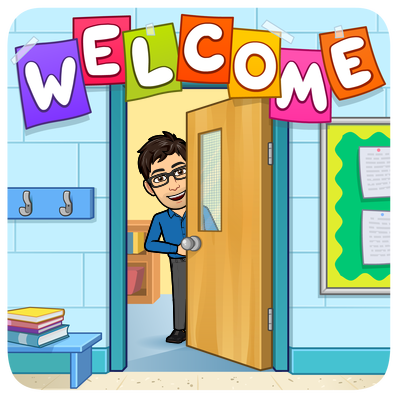
I am all for embedding the development of metacognition and self-regulation strategies. There are some great features in learning platforms for this – I would Rubrics in Google Classroom.
A waiting slide is a neat idea too.
Class “Welcome” slides are being shared on Twitter also, a nice example below Mrs Harrison.
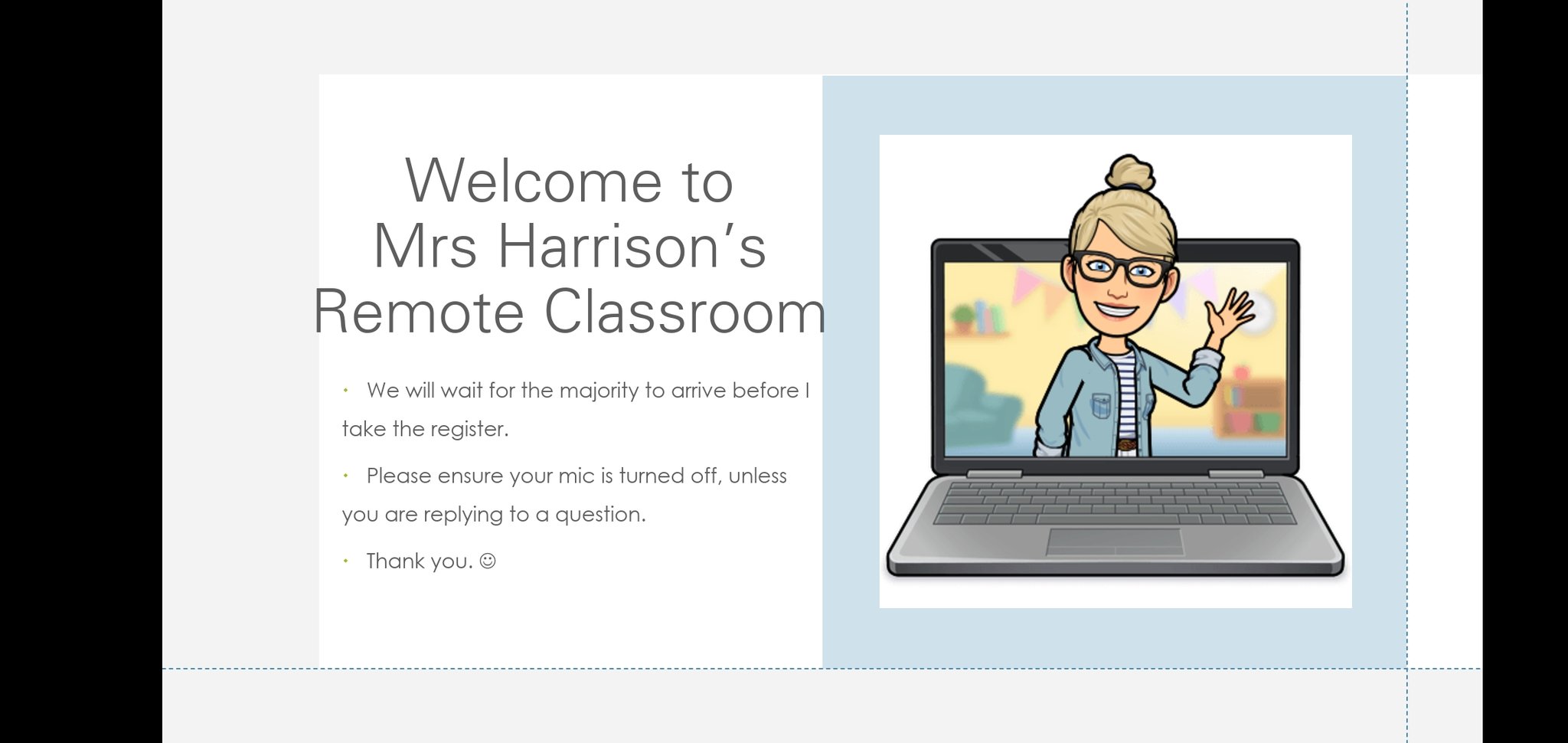
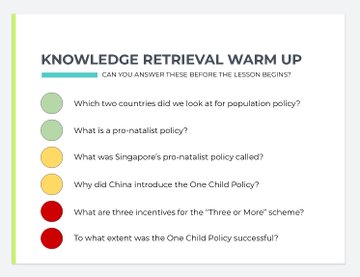
With some staff using it for Retrieval Practice too – hat tips to @geotayler
In a digital ecosystem, education environment, “voice” is a gem. Voice recording, voice marking and voice feedback. See Mote.
5. Different approaches to remote learning suit different types of content and pupils
Yes. Live and or precorded or just great lessons on which ever platform is available. Add to that great pastoral core, great tutoring, a message, a follow up call… great teaching. Planned, considered, honest and timely communications from the schools, supporting the workforce… great leadership.
On which note, thank you to my fellow teachers and support staff, Department leads (x3), School leaders, Headteacher, and the parents and students who shared their appreciation for their teachers. Thank you to my childrens teacher too for that matter too. I am sharing mine with you now.
